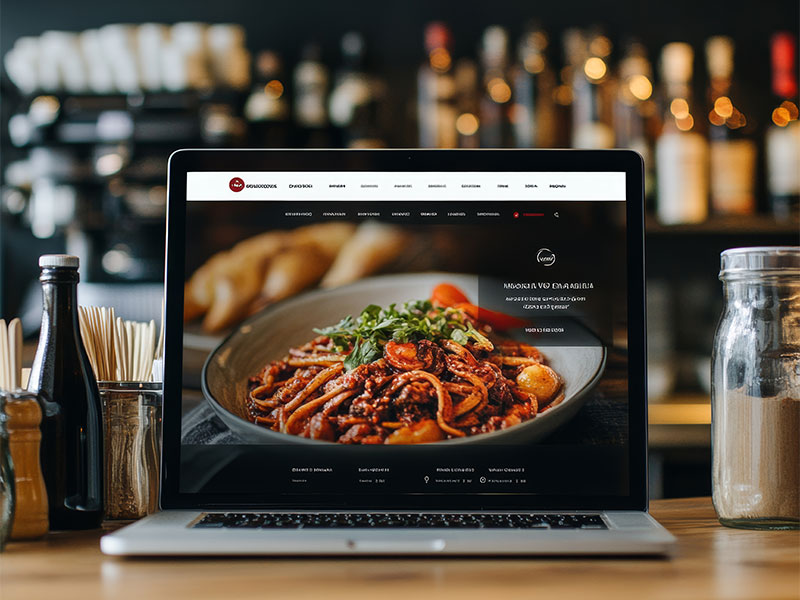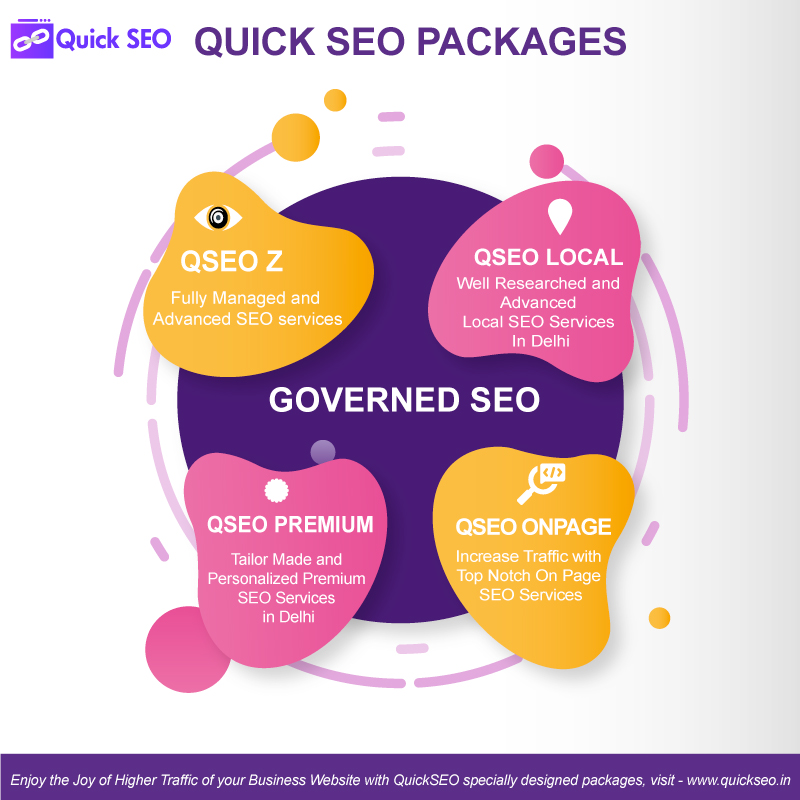Are you tired of watching potential customers walk past your restaurant to visit competitors who appear at the top of Google search results? In today’s digital-first world, even the most delicious food and exceptional service won’t matter if hungry diners can’t find you online. A comprehensive restaurant SEO strategy isn’t just a nice-to-have anymore—it’s the difference between struggling with empty tables and managing a waitlist every night.
With over 90% of consumers searching online before deciding where to eat, your restaurant’s visibility in search results directly impacts your bottom line. Whether someone’s searching for “best Italian restaurant near me” or “romantic dinner spots downtown,” you need to appear at the top of those results. This complete guide will walk you through every element of restaurant SEO, from claiming your Google Business Profile to creating content that converts searchers into seated customers.
Understanding Restaurant SEO and Why It Matters
Restaurant SEO strategy refers to the process of optimizing your restaurant’s online presence to rank higher in search engine results, particularly for location-based searches. Unlike traditional SEO for e-commerce or service businesses, restaurant SEO focuses heavily on local search optimization, mobile experience, and converting online discovery into physical foot traffic.
The stakes are incredibly high in the restaurant industry. Consider these compelling statistics:
- 76% of people who search for something nearby visit a business within a day
- 28% of local searches result in a purchase within 24 hours
- 60% of diners research restaurants online before making a reservation
- Mobile searches for “restaurants near me” have increased by over 500% in recent years
When your restaurant doesn’t appear in these crucial search moments, you’re essentially invisible to a massive audience of hungry, ready-to-spend customers actively looking for exactly what you offer.
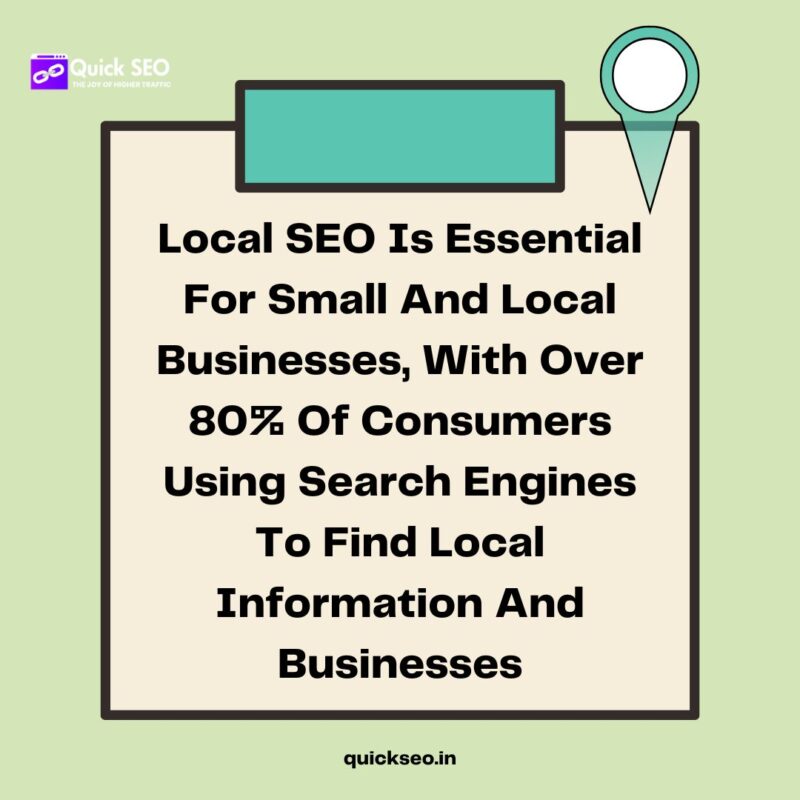
Google Business Profile: The Foundation of Restaurant SEO
Your Google Business Profile (formerly Google My Business) is the single most important element of your restaurant SEO strategy. This free tool controls how your restaurant appears in Google Search and Google Maps, making it the first impression for most potential customers.
1. Claiming and Optimizing Your Profile
Start by claiming your Google Business Profile if you haven’t already. Navigate to google.com/business and follow the verification process. Once verified, complete every single section with accurate, detailed information:
Essential profile elements:
- Business name: Use your exact legal name without keyword stuffing
- Category: Choose “Restaurant” as primary, then add specific categories like “Italian Restaurant” or “Seafood Restaurant”
- Address: Ensure it matches exactly with your website and all online directories
- Phone number: Use a local number that connects directly to your restaurant
- Hours: Keep meticulously updated, including holiday hours and special closures
- Website URL: Direct link to your homepage or menu page
- Attributes: Select all relevant features like outdoor seating, delivery, takeout, reservations, etc.
2. Photos That Drive Visits
Visual content dramatically impacts your Google Business Profile performance. Restaurants with photos receive 42% more requests for directions and 35% more clicks to their websites.
Photo optimization strategy:
- Upload at least 100 high-quality photos covering all aspects of your restaurant
- Include exterior shots showing signage and entrance for easy identification
- Showcase signature dishes with professional food photography
- Feature your dining room ambiance, bar area, and private dining spaces
- Update regularly with seasonal menu items and special events
- Add photos during peak search times (typically 6-8 PM for dinner searches)
3. Managing and Responding to Reviews
Reviews are a critical ranking factor and trust signal for potential customers. Restaurants with 4+ star ratings see significantly higher click-through rates and reservations.
Review management best practices:
- Respond to every review within 24-48 hours, including positive ones
- Thank customers for positive reviews and mention specific details they shared
- Address negative reviews professionally, apologize, and offer to resolve issues offline
- Never argue or get defensive in public responses
- Encourage satisfied customers to leave reviews through gentle reminders
- Monitor review trends to identify operational issues requiring attention
If managing your online presence feels overwhelming while running daily operations, partnering with the best SEO company in India can help you maintain consistent optimization and review management without diverting focus from your kitchen and dining room. Professional SEO experts understand the unique challenges restaurant owners face and can implement comprehensive strategies that deliver measurable results while you focus on creating exceptional dining experiences.
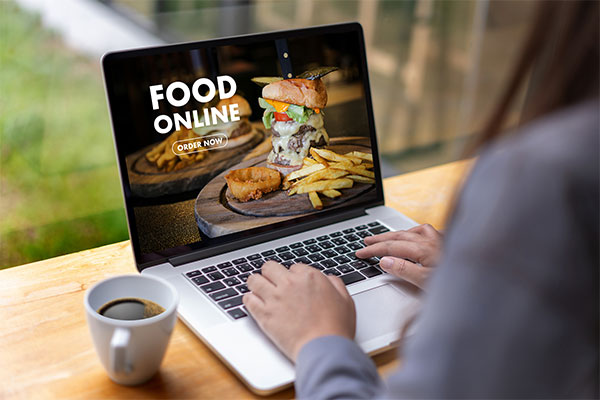
Keyword Research for Restaurant SEO
Effective keyword research identifies the exact phrases potential customers use when searching for restaurants like yours. Restaurant keyword research differs from traditional SEO because it focuses on local intent, menu items, and dining occasions.
1. Types of Restaurant Keywords
Location-based keywords:
- “[Cuisine type] restaurant near me”
- “Best [cuisine] in [city/neighborhood]”
- “[City] [cuisine] restaurant”
- “Restaurants near [landmark]”
Menu-focused keywords:
- “Where to get [specific dish] in [location]”
- “[Dish] delivery near me”
- “Best [signature item] in [city]”
Occasion-based keywords:
- “Romantic restaurants in [city]”
- “Birthday dinner spots near me”
- “Business lunch restaurants downtown”
- “Family-friendly restaurants with kids menu”
Dietary-specific keywords:
- “Vegan restaurants near me”
- “Gluten-free friendly [cuisine] restaurant”
- “Keto-friendly restaurants in [city]”
Use free tools like Google Keyword Planner, AnswerThePublic, and Google’s autocomplete suggestions to discover what your local customers are actually searching for.

On-Page SEO for Restaurant Websites
Your restaurant website serves as your digital storefront and must be optimized for both search engines and hungry visitors ready to make reservations.
1. Website Structure and Navigation
Create a logical site structure that makes it easy for both users and search engines to find essential information:
Essential pages:
- Homepage with clear value proposition and location
- Menu page (digitally accessible, not just PDF)
- About Us story highlighting what makes you unique
- Location and Hours with embedded map
- Reservations or ordering page with clear call-to-action
- Private dining and catering services
- Contact page with multiple connection options
2. Menu Page Optimization
Your menu page presents a massive SEO opportunity that most restaurants completely waste by uploading a PDF or image. Instead, create HTML text menus that search engines can crawl and index.
Menu SEO best practices:
- Create separate pages for different menus (lunch, dinner, brunch, drinks)
- Write detailed descriptions for signature dishes including ingredients
- Include prices to set clear expectations
- Add dietary indicators (vegan, gluten-free, spicy, etc.)
- Use structured data markup (Schema.org/Menu) to help search engines understand
- Update regularly to reflect seasonal changes and specials
3. Local SEO Elements
Every page on your website should include location-specific elements:
- City and neighborhood names in page titles and headings
- NAP (Name, Address, Phone) in website footer on every page
- Embedded Google Map on contact/location page
- Location-specific content discussing your neighborhood
- Local business schema markup in website code
4. Mobile Optimization
Over 60% of restaurant searches happen on mobile devices, making mobile optimization non-negotiable:
- Responsive design that adapts to all screen sizes
- Click-to-call phone numbers prominently displayed
- Easy-to-tap buttons for reservations and directions
- Fast loading times (under 3 seconds)
- Simplified navigation for mobile users
- Mobile-friendly menu with readable text without zooming
Implementing a comprehensive approach for digital marketing for restaurants goes beyond basic SEO and encompasses your entire online presence—from social media engagement to email marketing, online ordering integration, and reputation management. A holistic digital strategy ensures all your marketing channels work together synergistically, amplifying your restaurant’s visibility and converting online interest into loyal customers who return again and again.

Content Marketing for Restaurants
Content marketing builds authority, attracts backlinks, and captures informational searches that commercial keywords might miss.
1. Blog Topics That Attract Customers
Create valuable content that answers questions your potential customers are asking:
Recipe and cooking tips:
- “How to Make [Signature Dish] at Home”
- “The Secret to Perfect [Menu Item]”
- “Chef’s Tips for [Cooking Technique]”
Local food scene content:
- “Best Food Festivals in [City] This Season”
- “Farm-to-Table: Our Local Ingredient Partners”
- “The History of [Cuisine] in [Neighborhood]”
Behind-the-scenes content:
- “A Day in the Life of Our Executive Chef”
- “How We Source Our Ingredients”
- “Meet Our Team: [Staff Member] Story”
Event and occasion guides:
- “Planning the Perfect Rehearsal Dinner: A Guide”
- “10 Romantic Date Night Ideas in [City]”
- “Corporate Event Venues: Choosing the Right Space”
2. User-Generated Content
Encourage customers to create content about your restaurant:
- Create Instagram-worthy presentation and ambiance
- Develop a unique branded hashtag
- Run photo contests for best dish pictures
- Feature customer photos on your website and social media
- Create shareable moments (signature cocktails, unique platters, desserts)

Technical SEO for Restaurant Websites
Technical SEO ensures search engines can properly crawl, understand, and index your website.
1. Site Speed Optimization
Slow websites kill conversions and rankings. Restaurant sites must load quickly:
- Compress and optimize all images before uploading
- Minimize code and remove unnecessary plugins
- Use browser caching to speed up repeat visits
- Consider a content delivery network (CDN) for faster loading
- Choose reliable hosting appropriate for your traffic levels
2. Schema Markup Implementation
Schema markup provides search engines with structured data about your restaurant:
Essential schema types for restaurants:
- Restaurant schema with cuisine type, price range, and features
- Menu schema for individual dishes and sections
- Review schema to display star ratings in search results
- Local business schema with complete business information
- Event schema for special dinners, wine tastings, or live music
Proper schema implementation can result in rich snippets that make your search listings more attractive and increase click-through rates.
3. SSL Security Certificate
Google prioritizes secure websites. Ensure your site uses HTTPS rather than HTTP, especially important if you process online orders or reservations directly.
- Link Building for Restaurant SEO
Quality backlinks from reputable websites signal authority and trustworthiness to search engines, improving your rankings.
- Local Link Building Strategies
Focus on local and relevant link opportunities:
Local business directories:
- Yelp, TripAdvisor, OpenTable, Zomato
- Chamber of Commerce website
- Local tourism bureau listings
- Industry associations (state restaurant association)
Local partnerships:
- Sponsor local events or sports teams
- Partner with local food bloggers for reviews
- Collaborate with nearby businesses for cross-promotion
- Participate in charity events and fundraisers
- Host community events that generate press coverage
Media coverage:
- Pitch stories to local food journalists and bloggers
- Announce new menu launches or chef appointments
- Share your restaurant’s unique story or mission
- Respond to journalist requests on HARO (Help A Reporter Out)
- Create newsworthy events that attract media attention
2. Influencer Collaborations
Food bloggers and local influencers can drive both backlinks and direct traffic:
- Invite food bloggers for complimentary tastings
- Collaborate on Instagram takeovers
- Partner for content creation showcasing your dishes
- Offer exclusive previews of new menu items
- Create influencer-only events that generate buzz
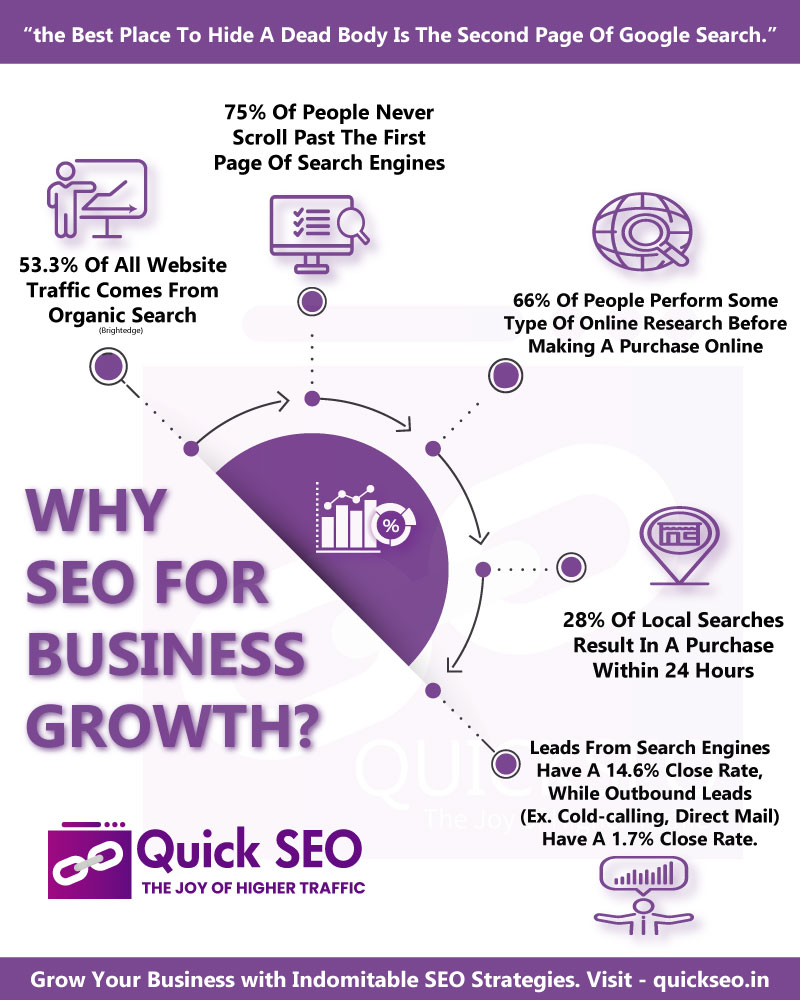
Social Media Integration with SEO
While social media signals aren’t direct ranking factors, social presence supports your overall restaurant SEO strategy by driving traffic, building brand awareness, and creating sharing opportunities.
1. Platform-Specific Strategies
- Instagram: Visual storytelling with high-quality food photos, behind-the-scenes content, and customer features
- Facebook: Event promotion, community engagement, and detailed business information integration with search
- TikTok: Short-form video content showcasing cooking processes, team culture, and trending food challenges
- YouTube: Recipe videos, chef interviews, and virtual restaurant tours that can rank in video search
2. Social SEO Best Practices
- Include location and relevant keywords in social bios
- Use location tags on every post
- Encourage check-ins and tags from customers
- Respond quickly to comments and messages
- Share blog content to social platforms
- Cross-link between your website and social profiles
strategies for content marketing
Measuring Restaurant SEO Success
Tracking the right metrics ensures your SEO efforts deliver real business results.
1. Key Performance Indicators
Search visibility metrics:
- Google Business Profile impressions and clicks
- Organic website traffic from search engines
- Keyword rankings for target search terms
- Local pack appearances for key searches
Engagement metrics:
- Click-through rates from search results
- Time on site and pages per session
- Bounce rate from different traffic sources
- Phone calls and direction requests from Google
Conversion metrics:
- Online reservations from organic search
- Online ordering conversions
- Email newsletter signups
- Catering inquiry form submissions
2. Tools for Tracking
- Google Analytics for website traffic analysis
- Google Search Console for search performance data
- Google Business Profile insights for local search metrics
- Position tracking tools for keyword rankings
- Call tracking numbers to attribute phone reservations to SEO
Common Restaurant SEO Mistakes to Avoid
Learning from common pitfalls saves time and prevents costly mistakes:
- Inconsistent NAP information: Ensure your name, address, and phone number match exactly across all online platforms.
- Neglecting Google Business Profile: Many restaurants claim profiles but never optimize or update them regularly.
- PDF-only menus: Search engines can’t effectively crawl PDF menus, missing valuable keyword opportunities.
- Ignoring mobile users: A non-mobile-friendly site frustrates the majority of your potential customers.
- Not responding to reviews: Silence in the face of reviews, especially negative ones, damages reputation and rankings.
- Duplicate content: Copying menu descriptions from suppliers or other restaurants can result in penalties.
- Neglecting local citations: Inconsistent or missing directory listings confuse search engines about your location and legitimacy.
Frequently Asked Questions (FAQ)
Q. How long does it take to see results from restaurant SEO?
Restaurant SEO typically shows initial improvements within 2-3 months, with significant results appearing after 4-6 months of consistent effort. Local SEO often produces faster results than traditional SEO because of lower competition and Google’s emphasis on proximity. However, SEO is an ongoing process requiring continuous optimization and maintenance for sustained results.
Q. Do I need to hire an SEO expert or can I do restaurant SEO myself?
You can implement basic restaurant SEO yourself, including claiming your Google Business Profile, optimizing your website content, and managing reviews. However, technical SEO, comprehensive strategy development, and ongoing optimization often benefit from professional expertise. Many successful restaurants find that partnering with SEO specialists delivers better ROI by allowing owners to focus on operations while experts handle digital marketing.
Q. What’s the difference between restaurant SEO and regular business SEO?
Restaurant SEO focuses heavily on local search optimization, Google Business Profile management, menu optimization, and converting online discovery into physical visits. It emphasizes mobile optimization more than many industries since diners search on the go. Restaurant SEO also relies heavily on reviews, photos, and location-based keywords that drive foot traffic rather than just website visits.
Q. How important are online reviews for restaurant SEO?
Reviews are critically important for restaurant SEO, serving as both a ranking factor and a key decision-making element for potential customers. Restaurants with higher ratings and more reviews typically rank better in local search results. Reviews also provide fresh, user-generated content that search engines value. Aim for a steady stream of authentic positive reviews while professionally managing any negative feedback.
Q. Should my restaurant focus on SEO or paid advertising?
The most effective strategy combines both SEO and paid advertising. SEO provides sustainable, long-term visibility and builds authority over time, while paid advertising delivers immediate visibility and traffic. Start with solid SEO fundamentals, including Google Business Profile optimization, then supplement with targeted ads during slower periods or for special promotions. SEO typically delivers better ROI over time, while ads provide controllable, immediate results.
Click for the best seo services in India now!
Conclusion: Building Your Restaurant’s Digital Future
Implementing a comprehensive restaurant SEO strategy isn’t optional anymore—it’s essential for survival in an increasingly competitive dining landscape. While the process requires time, effort, and ongoing attention, the payoff is substantial: increased visibility, more reservations, higher revenue, and a stronger brand presence in your local market.
Start with the fundamentals: claim and optimize your Google Business Profile, ensure your website is mobile-friendly with a crawlable menu, actively manage your online reputation, and create valuable content that showcases your unique offerings. These foundational elements will begin driving results relatively quickly and establish a strong base for more advanced optimization.
Remember that SEO is not a one-time project but an ongoing commitment. Search algorithms evolve, competitors improve their strategies, and customer search behaviors change over time. Consistent effort, regular monitoring, and continuous improvement are essential for maintaining and growing your search visibility.
The restaurants that consistently dominate search results and fill tables are those that recognize SEO as a core business function, rather than a marketing afterthought. Whether you choose to develop internal expertise, partner with digital marketing professionals, or combine both approaches, making SEO a priority will position your restaurant for sustainable growth and success in the digital age.
Your perfect customers are searching for exactly what you offer right now. The only question is whether they’ll find you or your competitors. Invest in your restaurant’s SEO strategy today, and watch as online visibility transforms into real-world success—one seated table at a time.
